Dado, born Miodrag Đurić in 1933 in Cetinje, Montenegro, chose as an artistic pseudonym the pet name given him by his mother, a biology professor, who died tragically at childbirth in 1945. He studied at the Herceg-Novi art school in the early 1950’s, then at the Belgrade Fine Arts Academy. Dado moved to France in 1956, where he was discovered by the artist Jean Dubuffet (1901-1985), who would present him to his first art dealer, Daniel Cordier. This collaboration would produce a number of exhibitions in Paris, Frankfurt, and New York. Although it is difficult to summarize his prolific career in a few lines, it is the diversity of the mediums he experimented with that must be highlighted: drawing, painting, intaglio (printmaking,) sculpture, collage, digital collage, site-specific art, etc. Through his site-specific artwork, he launched an incessant and fertile dialog between his native country and his adoptive homeland in an ever-changing style, free from all conventions. In 2009, one year before he died, he represented Montenegro at the Venice Biennale.
The Cyclist is part of the “toiles mécaniques” or “automated canvases” series, inspired by, “…De Chirico, Carrà, the first surrealists,” as Dado himself claims. It has been painted on the linen fabric of a matress from the hospital where his father, Ranko Đurić, used to work – the vertical sewing patterns of the matress are distinclty visible on the painting. This work was completed after a two-week incarceration period with other marginal artists from Belgrade, among whom the architects Vukota Tupa Vukotić (1932-2002), Dado’s cousin, and Predrag Ristić, during the official visit of Nikita Khrouchtchev in Belgrade in May, 1955 – according to Ristić, the prisoners were mistreated while in jail. The hampered pedalling of this baby robot on the license-plated machine also illustrates all the intrinsic ambiguity, which is that of Dado vis-à-vis “the Religion of Man” installed by the communist regime of Tito, a religion to which Dado adhered all his life, without ever ceasing to explore its psychological repression.
Translated by Velina Minkoff
For the publication of the below reproduction we express our gratitude to Dado’s daughter, Amarante Szidon.

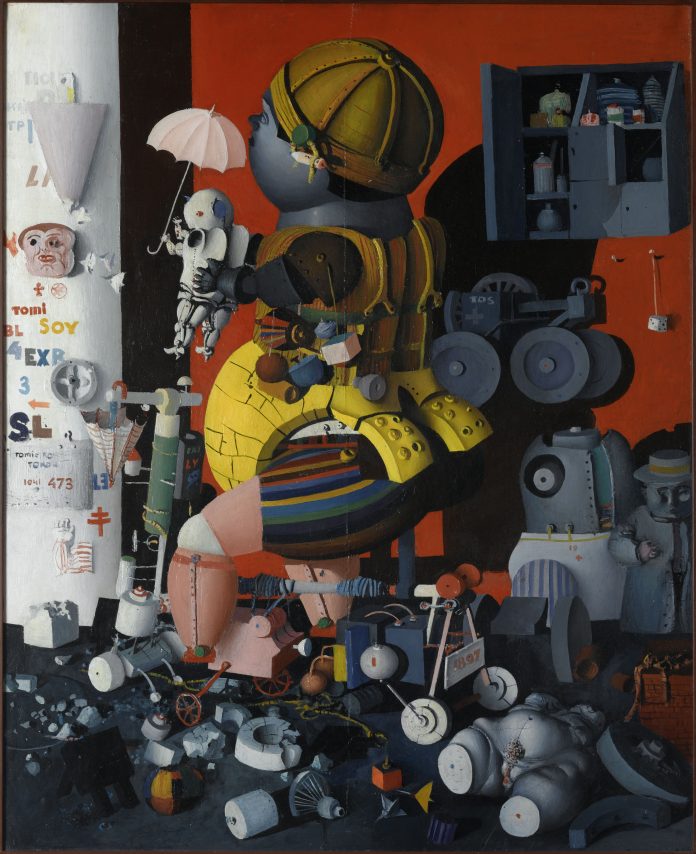
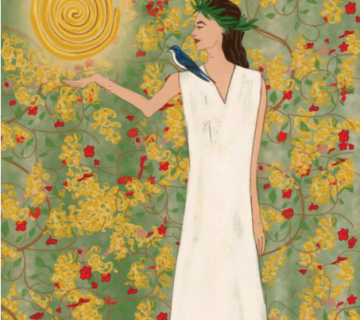
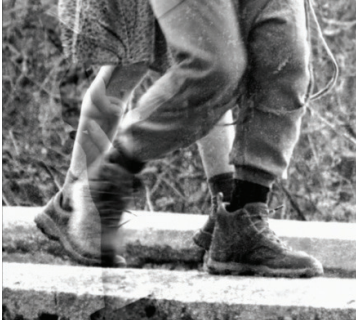
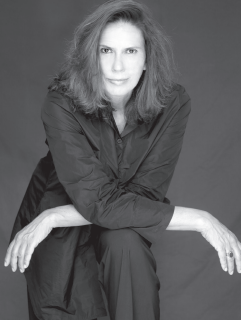

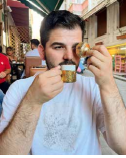
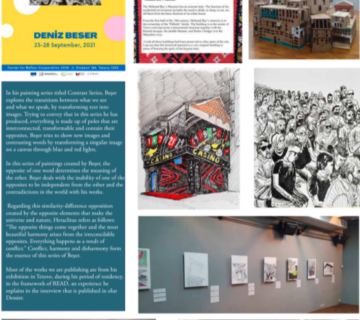
No comment